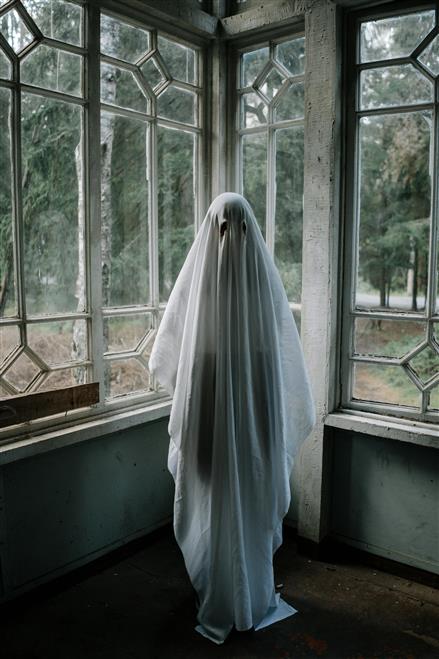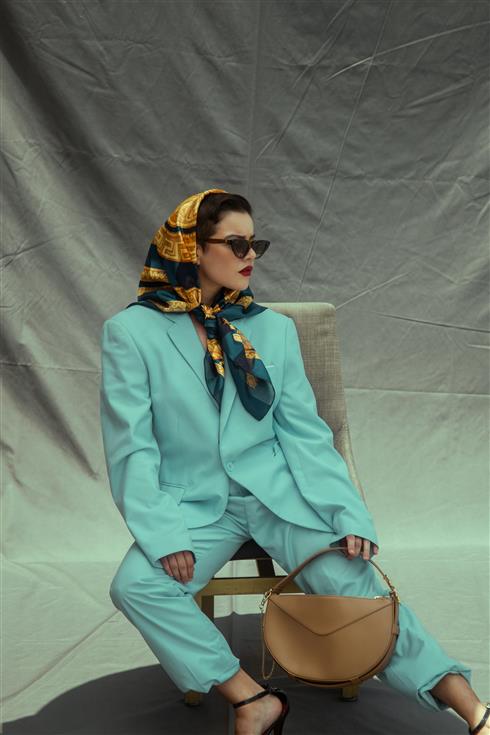
Fashion has always had a rhythm. For generations, designers followed a familiar beat—Spring/Summer and Fall/Winter collections, timed to the calendar and the weather. But as climate patterns shift and seasons become less predictable, that steady cadence is beginning to falter. Climate change isn’t just a distant environmental concern anymore; it’s directly impacting the way fashion is designed, produced, and worn.
From melting snow in January to heatwaves in October, the climate’s inconsistency is forcing the industry to rethink long-held norms. Designers are being asked to respond not only to trends, but to an atmosphere that no longer obeys traditional rules.
When Seasons Blur, So Do Collections
One of the most visible changes in recent years has been the breakdown of distinct seasonal wardrobes. Consumers are no longer storing away summer clothes in September or waiting until April to wear lighter fabrics. With temperatures swinging unpredictably, wardrobes have to stretch across multiple weather conditions.
In response, designers are creating collections that favor versatility over season-specific pieces. Lightweight layers, breathable knits, and adaptable silhouettes are appearing in both spring and fall lines. Brands are focusing more on transitional garments—trench coats that can work in heat or rain, dresses that can be styled up or down depending on the forecast.
This shift has also led to an increase in seasonless fashion—collections that aren’t tied to the runway calendar and can be worn throughout the year. While once a fringe concept, seasonless design is now becoming more mainstream, especially among smaller labels and digitally native brands.

Fabric Choices Under Pressure
Rising temperatures and volatile weather patterns are influencing not just how clothes look, but what they’re made of. Heavy wools and thick outerwear are becoming harder to sell in regions where winters are milder and shorter. Conversely, breathable fabrics like linen and technical blends that regulate body temperature are gaining ground.
Designers are paying closer attention to the durability and function of their materials—not just how they perform in a photoshoot, but how they hold up in erratic weather. Pieces now need to resist sudden rainstorms, maintain comfort during fluctuating temperatures, and dry quickly in humidity.
Even color palettes are being subtly affected. Earth tones and natural dyes, which tend to show less wear and feel grounded in shifting environmental contexts, are becoming more popular. In a world where everything feels less certain, grounded visuals and tactile comfort are increasingly valued.
Retail’s Timing Crisis
Fashion retailers have long operated on advanced schedules—releasing sweaters in August and swimsuits in February. But climate change is disrupting that logic. Consumers are no longer willing to buy heavy coats during a warm autumn or invest in beachwear while snow is still falling.
This mismatch between supply and actual demand has become costly. Unsold inventory, markdown cycles, and forecasting errors are prompting retailers to shift toward shorter, more responsive production models. Some are exploring “drop” models—smaller releases timed more closely to real-world weather and social behavior.
Data-driven design and retail planning are playing a bigger role. Brands are analyzing regional weather trends to better align their collections with local realities. What sells in Northern Europe in October is no longer the same as what’s relevant in Southern California during the same month.
Cultural Narratives Are Shifting Too
Climate change is also reshaping the stories that fashion tells. The notion of a romantic snowfall, crisp autumn breeze, or spring bloom is less grounded in reality than it once was. Designers are increasingly weaving environmental themes into their work—not just aesthetically, but emotionally.
There’s a growing trend toward practical elegance: fashion that acknowledges instability without surrendering to it. Runways are filled with storm jackets reimagined as high fashion, multi-use garments that adjust to changing weather, and accessories designed to protect rather than merely decorate.
At the same time, there’s a tension in how brands approach climate themes. Some do so with a tone of urgency, others with detachment. But few can afford to ignore the issue altogether. Even the most luxurious houses must consider what it means to sell cold-weather gear in a warming world.

Reimagining Fashion Week
Fashion Week—once a fixed biannual event rooted in seasonal timing—is also feeling the effects. Global warming has raised questions about the relevance of showing winter coats during sweltering September days or spring dresses in frigid February.
Some cities are experimenting with new formats, including digital shows and staggered releases that decouple collections from the traditional seasonal structure. These changes are often framed as logistical or creative evolutions, but they’re also responses to climate pressures.
More fundamentally, the industry is grappling with the purpose of producing so many seasonal lines in a world where the seasons themselves are less dependable. As fast fashion becomes more criticized and overproduction becomes harder to justify, the push toward fewer, more thoughtful collections is gaining traction.
The Consumer’s Role
Buyers are not just passive recipients of change—they’re active participants. As people experience firsthand the effects of an unstable climate, their shopping habits are starting to reflect a preference for durability, flexibility, and practicality.
The idea of buying something for “just one season” feels increasingly out of sync. Consumers are looking for garments that can carry them through different weather patterns, travel demands, and climate realities. Longevity—not just in quality, but in relevance—is becoming more important.
Designers who listen closely to this shift are better positioned to create work that resonates not just in stores or on runways, but in the lives of real people navigating an unpredictable world.
Final Thoughts
Climate change has disrupted many industries, but its impact on fashion is particularly intimate. Clothes are one of the most immediate ways we interact with the environment. When the environment becomes unstable, our relationship to what we wear changes too.
The traditional framework of seasonal design is giving way to a more fluid, responsive, and pragmatic approach. Fashion, at its best, reflects the times we live in. And right now, those times demand adaptability—both from what we wear and from the people who create it.






